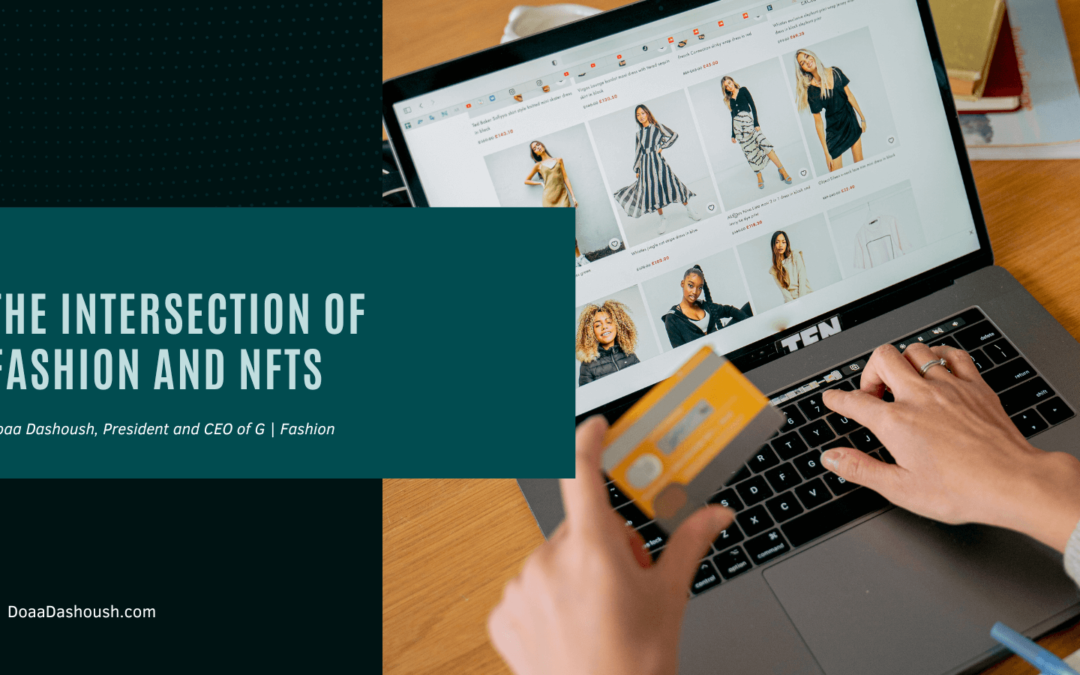Non-fungible tokens (NFTs) are becoming more mainstream in the cryptocurrency world. They can be used in a wide range of industries, including fashion. Currently, these are mainly used in the gaming and finance sectors. However, they can also be used in other areas.
Through the use of NFTs, fashion brands have been able to enter the metaverse and cater to a new demographic. These are wearable items that can be used in the virtual and digital world. The fashion industry is currently experiencing disruption due to the emergence of new technologies and the increasing number of people who are interested in buying and wearing fashion.
How it Works
Non-fungible tokens are essentially cryptographic tokens that can be used to buy and sell real estate or artwork. These can also be used to tokenize certain types of unique and collectible items. Due to the emergence of NFTs, the fashion industry has gained a new level of exclusivity. Through the use of these virtual tokens, designers have been able to create and manage exclusive and highly desirable pieces.
Current Examples
In 2021, Nike announced that it had purchased RTFKT, its first venture into the virtual shoe industry. Through this acquisition, the company was able to create and manage various NFT-based products.
In the luxury industry, two of the most prominent brands in the industry, Jimmy Choo and Dolce & Gabbana, launched their first NFT collection during New York Fashion Week in 2021. The collection featured various physical clothes and virtual reiterations.
In 2019, Gucci partnered with SUPERPLASTIC to create a limited-edition collection known as SUPERGUCCI. The collection was created using a porcelain figure that was in ten different scenarios.
Legal Considerations
Before a fashion house or company launches an NFT, it is important that they are aware of the various legal issues that can arise due to the nature of the transaction. For instance, if a designer creates an article of clothing, they may have intellectual property rights that are related to the design. Usually, the creator retains the rights to the design, and the buyer has the right to use the underlying asset.
One of the most important factors that a company or designer should consider when it comes to licensing their intellectual property is the potential for the use of the NFT. This type of transaction should be conducted carefully as it allows the creator to retain the rights to the design.
Before a transaction is conducted, it is important that the buyer is aware of the terms of the contract, as these will likely impact the value of the NFT. In addition, the buyer should be aware of the obligations and rights that are included in the contract.
Before a fashion house or designer enters the Metaverse, they should first register their trademarks at the US Patent and Trademark Office (USPTO) or foreign offices. This ensures that they are protected from potential issues related to their brand.
Benefits
According to the Harvard Business Review, the global trade in luxury goods is valued at around $4.5 trillion, and around 70% of it is made up of fake products. In 2019, it was estimated that around $450 billion worth of fake goods were produced in the fashion industry.
Through the use of NFTs, fashion brands can now fight against counterfeiters by using blockchain technology to improve the efficiency of their operations. Unlike other forms of technology, which can be manipulated and altered, the data stored on the block can be protected.
Future Projections
The importance of the physical aspect of a product is long-standing in the fashion industry. The drive for the use of NFTs in the industry can help pave the way for various initiatives such as anti-fraud. Through the use of blockchain technology, designers and manufacturers can now easily digitize their works and monetize their creations.
Through the use of NFTs, virtual fashion shows can now become a reality and allow consumers to easily track down the items they buy. In addition, augmented reality has allowed retailers to create a digital shopping experience.
